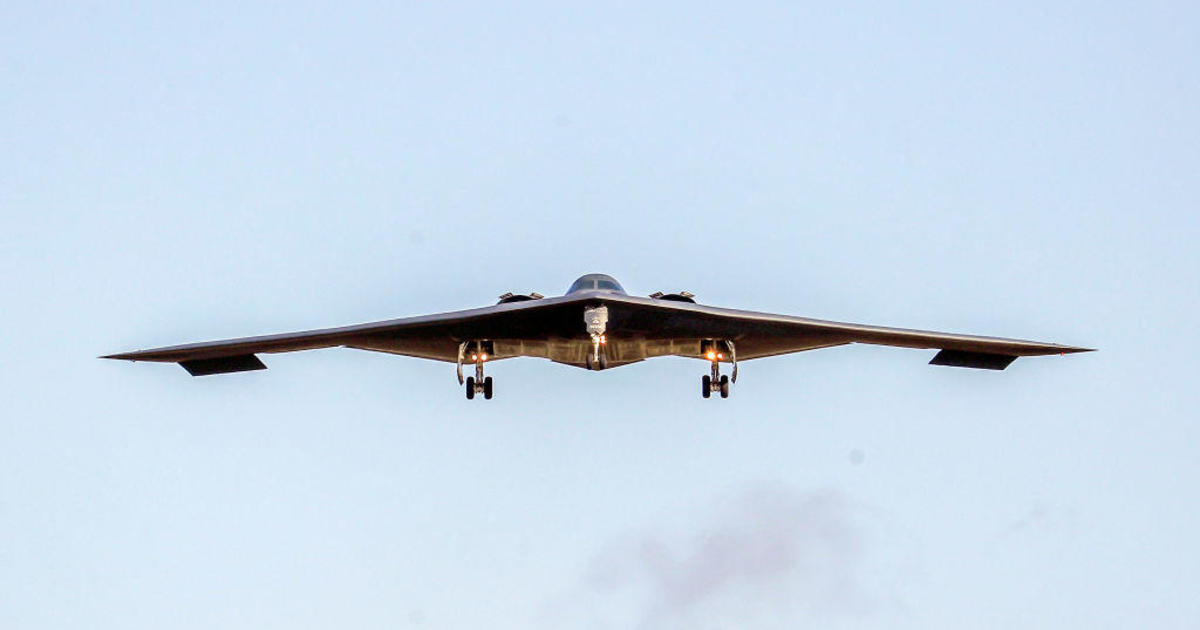The United States military recently conducted a series of airstrikes targeting Houthi weapons storage facilities in Yemen. These strikes, authorized by President Biden and executed by U.S. Air Force B-2 stealth bombers, represent a significant escalation in the ongoing conflict and highlight the increasingly complex geopolitical dynamics in the region. The operation, which involved precision strikes against five underground storage locations, aimed to disrupt the Houthi’s ability to conduct attacks on civilian and military vessels in the Red Sea and surrounding areas. This action underscores the U.S.’s commitment to protecting maritime traffic and responding to perceived threats against its interests and allies. The timing and scale of the strikes raise important questions about the long-term implications for regional stability and the broader conflict in Yemen.
U.S. Airstrikes in Yemen: Targeting Houthi Weapon Capabilities
The Rationale Behind the Strikes
The Pentagon cited the Houthi’s persistent attacks on international and U.S. vessels in the Red Sea, Bab Al-Mandeb Strait, and Gulf of Aden as the primary justification for the airstrikes. These attacks, which have included missile and drone strikes, have resulted in significant disruptions to global shipping lanes, potential environmental damage, and the risk to civilian lives. The U.S. government views these actions as a clear threat to international commerce and security. The designation of the Houthis as a “specially designated global terrorist group” in January further solidified the justification for forceful countermeasures. The strikes, therefore, aimed not only to degrade the immediate threat but also serve as a deterrent against future attacks. The selection of underground storage facilities also suggests a deliberate attempt to minimize civilian casualties and maximize the impact on Houthi military capabilities.
Military Assets and Execution
The involvement of B-2 Spirit stealth bombers underscores the strategic significance of the operation. These advanced aircraft offer unparalleled stealth capabilities, allowing for precise strikes with minimal risk to participating personnel. The use of B-2 bombers also sends a strong message regarding U.S. commitment and its ability to project power globally, demonstrating the capacity to strike targets quickly and decisively across vast distances. The use of precision strikes, according to the Pentagon, also minimizes the potential for civilian casualties, although independent verification of this claim remains pending. The operation was reportedly carried out in coordination with other U.S. military assets, emphasizing the integrated nature of the response.
The Broader Context of the Yemen Conflict
Escalation and Regional Instability
The recent U.S. airstrikes are part of a larger ongoing conflict in Yemen, which has been marked by intense fighting and humanitarian crisis for many years. The conflict involves various factions, with the Iran-backed Houthis battling the internationally recognized government, supported by a Saudi-led coalition. The U.S. involvement in Yemen has fluctuated throughout the years, but the recent strikes indicate a heightened level of engagement, reflecting an escalation in tensions and the concern over regional stability. This intervention follows other recent military actions by the U.S., further solidifying its role in attempting to manage escalating conflicts in the region and maintain the free flow of goods through vital shipping lanes.
International Condemnation and Humanitarian Concerns
The airstrikes have been met with mixed reactions from the international community. While some allies support the U.S. action, citing the need to address the Houthi threat to international shipping and regional stability, others express concerns about the potential for increased civilian casualties and further escalation of the conflict. The situation’s complexity, coupled with the ongoing humanitarian crisis in Yemen, creates a highly sensitive geopolitical context. Independent assessment of the civilian impact of these strikes remains crucial and warrants closer examination, balancing security concerns with humanitarian considerations.
The Future of U.S. Involvement in Yemen
Deterrence and Long-Term Strategy
The long-term implications of these airstrikes remain uncertain. While the U.S. aims to deter further Houthi attacks, the potential for retaliatory actions and escalation remains a significant concern. The ongoing crisis in Yemen requires a comprehensive approach, addressing the root causes of the conflict and engaging in diplomacy alongside military actions. A balance must be struck between immediate security concerns and longer-term strategies aiming for a lasting resolution to the conflict. The U.S. administration needs to make clear and well defined strategies which address not just immediate security concerns, but also long-term stability and peace negotiations.
Cooperation and International Engagement
Given the complexities of the Yemen conflict, effective solutions will necessitate international collaboration and coordinated efforts. A multilateral approach involving regional players, international organizations, and humanitarian agencies is crucial in achieving a sustainable resolution. Such an approach can focus on promoting a cease-fire, addressing humanitarian needs, and fostering political dialogue among the conflicting parties, ultimately contributing to a long-term solution. This necessitates broader diplomatic efforts and commitment, as unilateral military action cannot effectively address the multi-faceted aspects of this deep-rooted conflict.
Takeaway Points:
- The U.S. airstrikes on Houthi weapons storage facilities represent a significant escalation in the Yemen conflict.
- The strikes were justified by the U.S. government as a response to repeated Houthi attacks on international shipping.
- The use of B-2 stealth bombers underscores the strategic importance and precision of the operation.
- The long-term consequences of the strikes remain uncertain, raising concerns about potential escalation and the need for a broader, more comprehensive approach to the Yemen conflict.
- International cooperation and a diplomatic strategy alongside military action are crucial for finding a lasting resolution.




